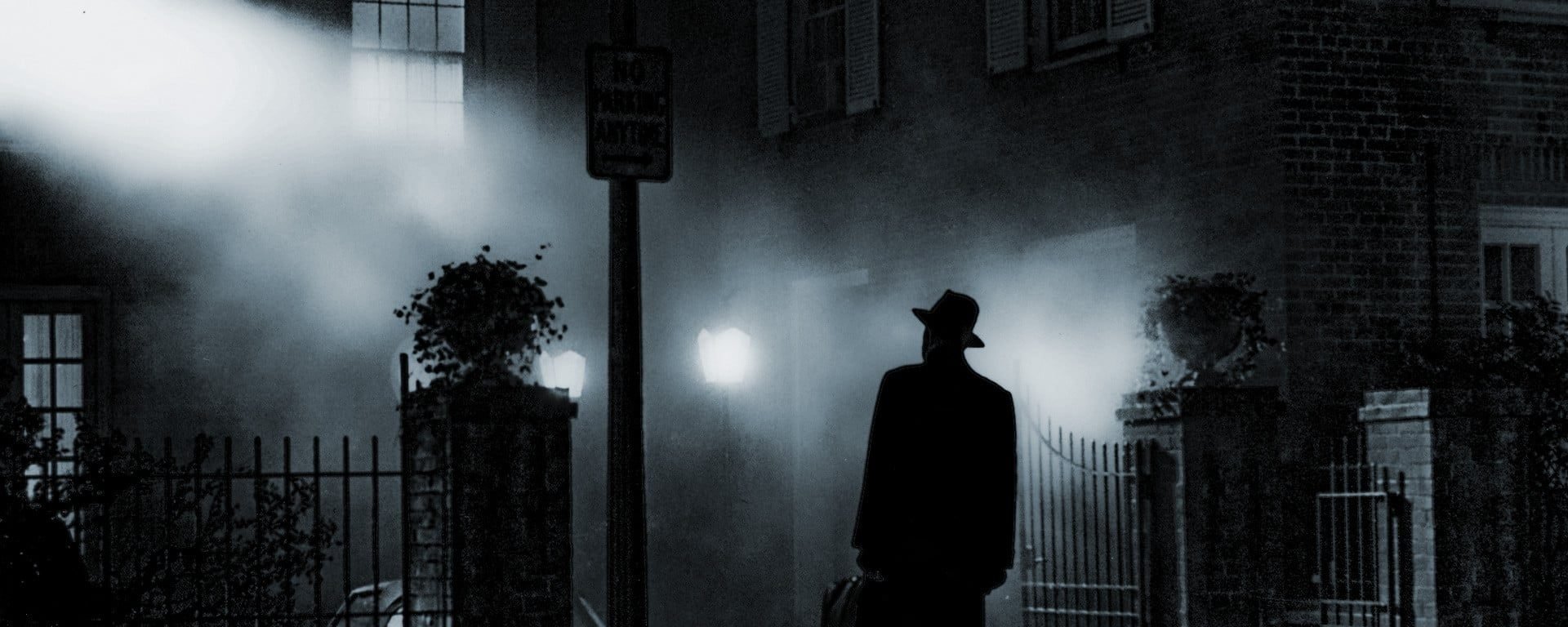Historically, the BBFC has often treated horror as a special case and in the late 1930s actually introduced an H for 'Horror' rating to warn the public of the likely content of such works. Indeed, 'horror' films were banned from distribution in the latter years of the Second World War in case they damaged public morale, often not being released until several years later when their initial power to disturb had somewhat waned.
However, critical indifference or censorial intervention were the least of the genre's problems when it was claimed that the more extreme examples - particularly those which had never been submitted for theatrical certificates or may have required cuts - were seized by the police and often successfully prosecuted as obscene works when released on video in the early, unregulated 1980s.
Many of these films of the horror variety were subsequently labelled 'video nasties', a catch-all term later refined to mean works which had been successfully prosecuted under the Obscene Publications Act 1959. Although many of these works were not legally available in the UK for many years, some have now been classified on DVD, although the content of some of them (eg Cannibal Holocaust and I Spit On Your Grave, both resubmitted in 2011) means that cuts are still necessary.
In the 80s and 90s, the Friday 13th, Nightmare On Elm Street and Scream series, as well as recent 21st century remakes of The Texas Chainsaw Massacre, (the original having been rejected on film in 1975 before finally being rated 18 uncut on film in 1999), and Dawn Of The Dead have proved hugely successful with newer, younger audiences, restablishing the horror genre as a top box office draw. The successful Saw and Hostel series and other works which would now be described as 'torture porn' illustrate how horror film-makers have raised the bar with ever stronger horror and gory images.
Horror elements in films, especially those aimed at younger audiences, are treated with great caution. Many children enjoy the excitement of scary sequences, but where films are targeted at a younger audience, age rating decisions will take into account such factors as the frequency, length and detail of scary scenes as well as horror effects, including music and sound, and whether there is a swift and reassuring outcome. In 1993, the BBFC hosted a series of test screenings for the dinosaur movie The Lost World: Jurassic Park to which an audience of hundreds of children and their teachers were invited. After careful analysis of their reactions, (the vast majority loved the experience), the BBFC opted to rate the film PG with the condition that clear Consumer Advice (now known as BBFCinsight) was displayed on all film posters – the first time that this had ever happened.
Since then, some notable blockbusters aimed at younger audiences have all contained significant horror elements. Examples include Spider-Man 2 (PG), Lord Of The Rings: The Fellowship Of The Ring (PG) and Harry Potter: The Chamber Of Secrets (PG) (the latter film's Consumer Advice (now known as BBFCinsight) contained a warning about a scene featuring some 'scary spiders'! More recently, horror has been an issue in PG rated children's films ranging from Monster House and Igor to Coraline and Paranorman.
